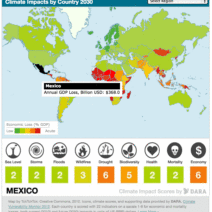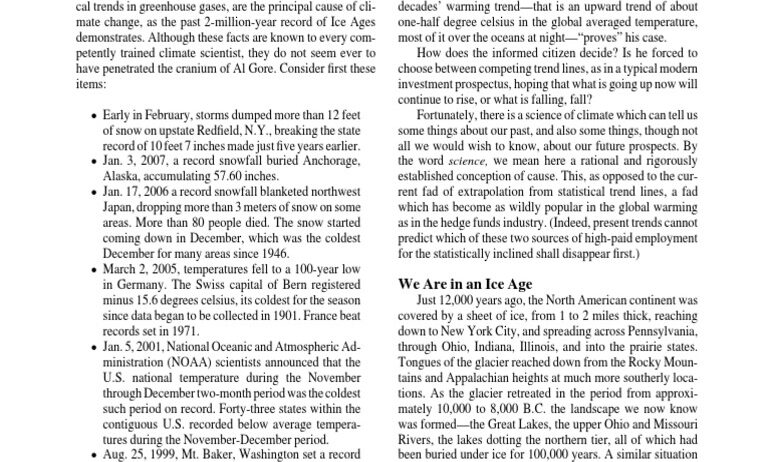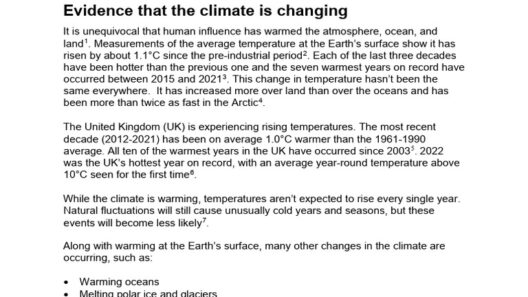The phenomenon of climate change has transcended mere scientific inquiry to become an urgent global imperative. Understanding its intricate causes is essential for developing effective strategies for mitigation. This exploration delves into various factors contributing to climate change, offering a holistic view of this complex issue.
Climate change is often depicted as a result of human actions; however, it is crucial to contextualize these activities within a broader framework that includes natural processes. By dissecting both anthropogenic and natural stimuli, we gain a comprehensive understanding of the evolving climate landscape.
Unraveling the Anthropogenic Contributions
The most prominent driver of climate change is the proliferation of greenhouse gases (GHGs) produced by human activities. These gases trap heat in the atmosphere, leading to a gradual rise in global temperatures.
Fossil Fuel Consumption: The Double-Edged Sword
A principal source of GHG emissions is the combustion of fossil fuels for energy. This includes coal, oil, and natural gas, which are the bedrock of modern industrial society. As economies expanded throughout the 20th and 21st centuries, reliance on these sources surged. Power plants, transportation networks, and industrial operations emit vast amounts of carbon dioxide and methane, propelling global warming. Moreover, the extraction process for these energy sources—fracking, drilling, and mining—further exacerbates environmental degradation.
Deforestation and Land Use Changes: The Silent Culprit
Deforestation represents another substantial contributor to climate change. Trees play a critical role in absorbing carbon dioxide; thus, clearing forests for agriculture, urban development, or logging disrupts this vital function. The Amazon rainforest, often dubbed the “lungs of the Earth,” is facing unprecedented threats, pushing global carbon concentrations to alarming levels. Altered land use patterns not only increase carbon emissions but also diminish biodiversity, destabilizing ecosystems.
Agriculture: A Sector in Flux
While it is essential to feed a growing global population, conventional agricultural practices are increasingly scrutinized for their environmental impact. The use of synthetic fertilizers and pesticides releases nitrous oxide, a potent GHG, into the atmosphere. Livestock farming, with its significant methane output, contributes substantially to the agricultural sector’s carbon footprint. As food production increases, sustainable practices become not only advisable but necessary to combat further climate escalation.
Natural Drivers of Climate Change: Beyond Human Influence
While human activities are a significant force, natural dynamics also wield considerable influence on the climate system. Understanding these factors enhances our appreciation of climate variability.
Volcanic Eruptions: Nature’s Dramatic Response
One of the most striking natural contributors to climate change is volcanic activity. Eruptions can inject vast amounts of ash and sulfur dioxide into the stratosphere, leading to temporary global cooling. Historical records indicate that major eruptions, such as Mount Pinatubo in 1991, have led to notable dips in global temperatures. These natural events, while episodic, serve as reminders of the planet’s volatile nature.
Solar Variability: The Sun’s Influence
The Sun, the ultimate driver of Earth’s climate, also exhibits variances that impact climate patterns. Solar cycles, which span approximately 11 years, influence solar radiation levels. While these fluctuations are often subtle, they can contribute to longer-term climate changes. Historical climate data reveals correlations between periods of increased solar activity and warmer global temperatures.
Ocean Currents: The Hidden Currents of Change
The oceans, comprising more than 70% of the Earth’s surface, are critical players in regulating climate. Ocean currents, such as the Gulf Stream, act as conveyors of heat across the globe. Changes in these currents, driven by factors including melting ice caps and altered wind patterns, can lead to significant climatic shifts. The interplay between oceanic and atmospheric conditions is intricate; thus, understanding it is paramount in predicting future climate scenarios.
Converging Paths: The Interconnectedness of Causes
The causes of climate change are rarely isolated; rather, they form a convoluted web of interdependencies. Interactions between anthropogenic actions and natural processes complicate the climate equation further. For example, climate alterations due to human activity can exacerbate natural phenomena, such as intensifying storms or accelerating glacial melt. Conversely, natural events can amplify human-induced impacts, leading to unexpected outcomes.
Addressing climate change requires a multifaceted approach that acknowledges these diverse causes. Mitigation strategies must integrate insights from both anthropogenic and natural perspectives to form a robust response. The challenge lies not only in reducing GHG emissions but also in enhancing the resilience of ecosystems and communities.
In conclusion, comprehending the multifarious causes of climate change is pivotal for informed discourse and action. By unraveling the threads of anthropogenic and natural influences, we can pave the way for innovative solutions that address this critical challenge. The path to a sustainable future is fraught with obstacles, but understanding the underlying causes of climate change equips us with the knowledge needed to navigate these tumultuous waters.








